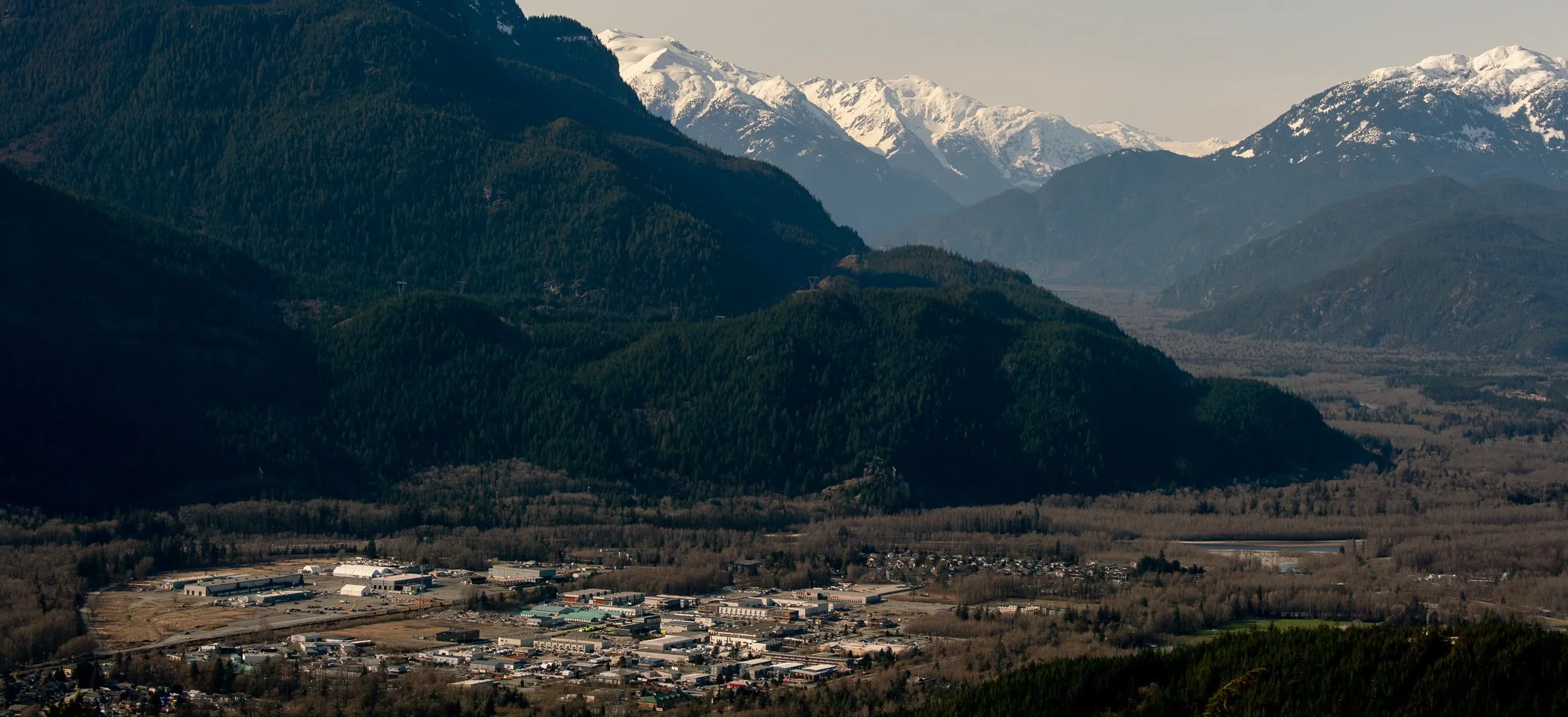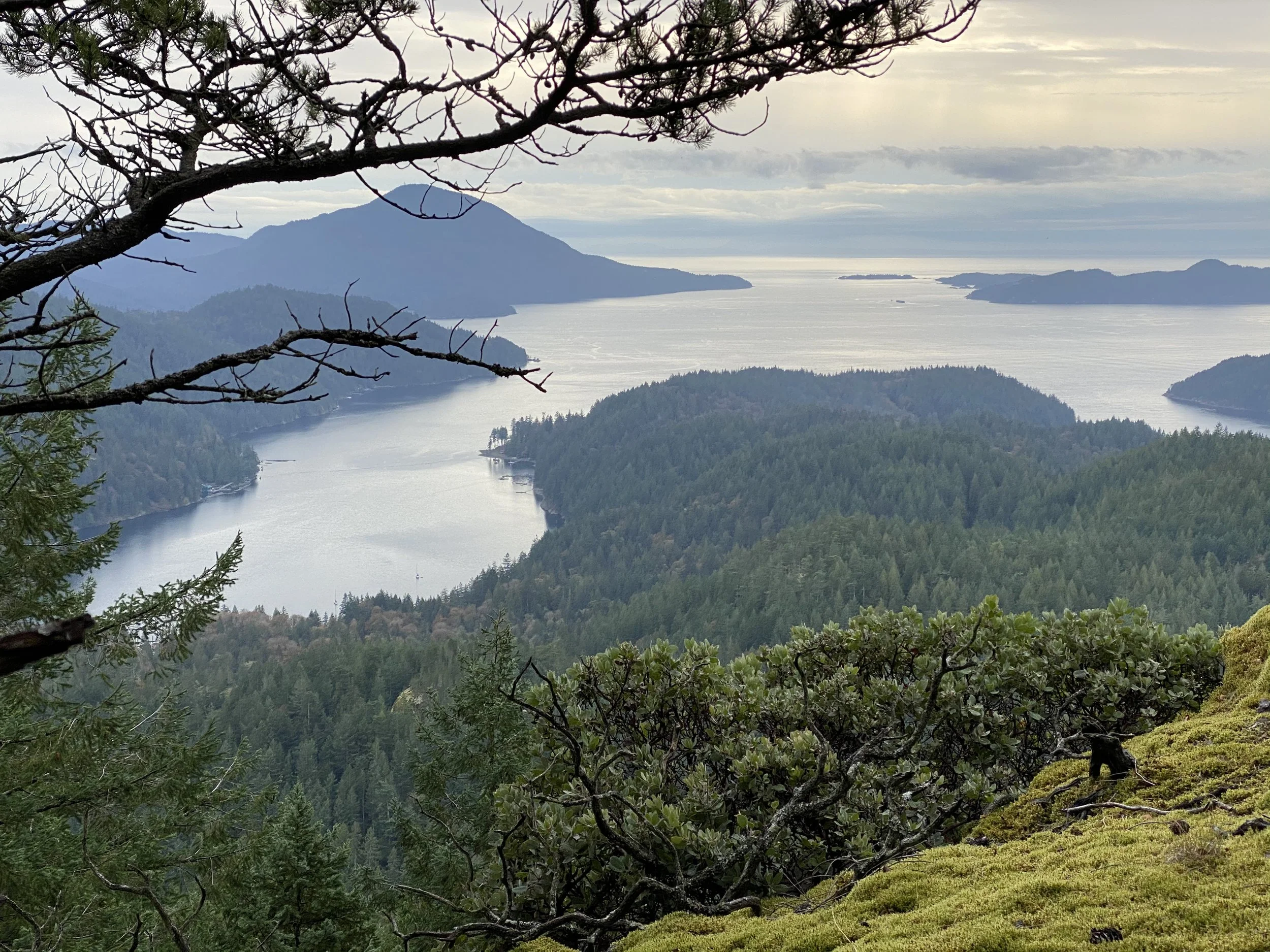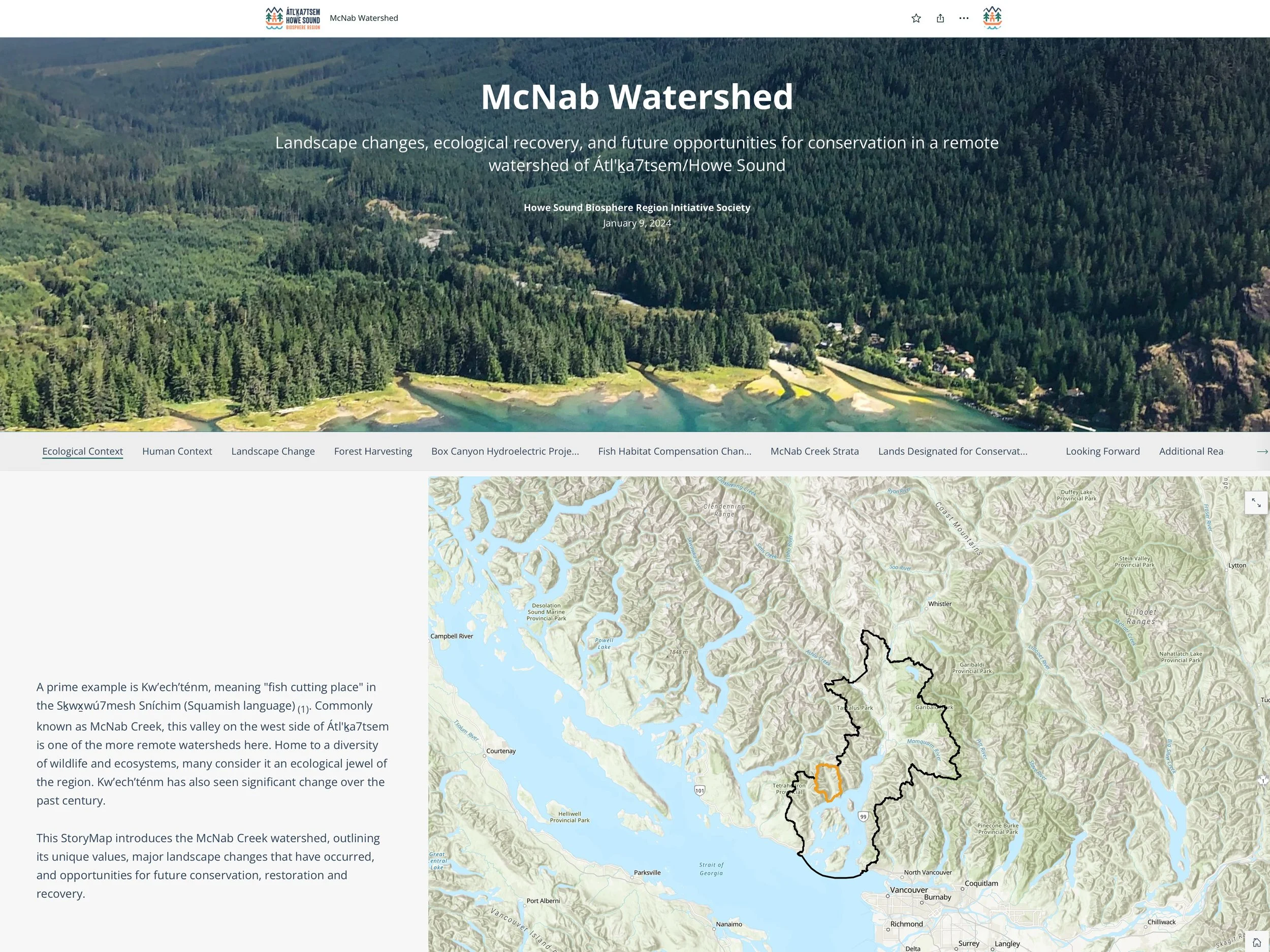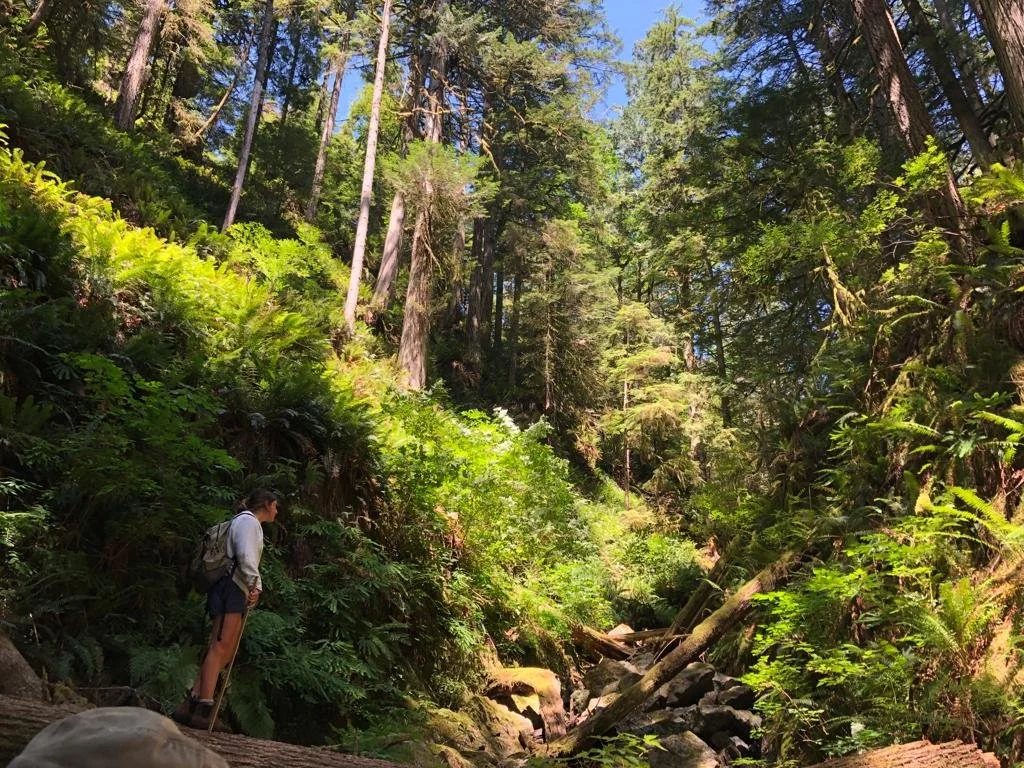
Contributing to 30 X 30
In addition to designated protected zones and parks, other effective area-based conservation measures (OECMs) play an important role in conserving biodiversity and contributing towards the global goals of protecting 30% of our land and 30% of our waters by 2030.
Read about our work to recognize lands within the Biosphere Region.
Photo by Mike Vopni.
Wildlife Connectivity Project
The Wildlife Connectivity project aims to reduce conflicts between human development and wildlife for future generations.
Biosphere StoryMaps
HSBRIS is creating StoryMaps of the Átl'ḵa7tsem / Howe Sound UNESCO Biosphere Region to capture, compile and illustrate the changes to landscape through human impacts, including remediation efforts.
Knowing our Fish Creeks on Cha7élkwnech / Gambier Island
This fish-bearing streams monitoring project on Gambier Island is a continuation of the wider fish-bearing streams assessment within the Átl’ḵa7tsem/Howe Sound UNESCO Biosphere Region.
Rockfish Monitoring
Monitoring of Rockfish populations in Howe Sound helps to inform conservation measures. These slow-growing fish are colourful, and their survival is an indicator of how well we are protecting our ocean.
Howe Sound Terrestrial Atlas
In order to make informed decisions around land use management and conservation efforts, baseline information is required to understand the historical context of an area.
Searching for Wex̱és (frogs) on Cha7élkwnech/Gambier Island
Did you know that the Coastal Tailed and Northern Red-Legged frogs are species at risk? A team of researchers is currently working on Chá7elkwnech (Gambier Island) to gather important data, filling in gaps on the presence of species at risk.







